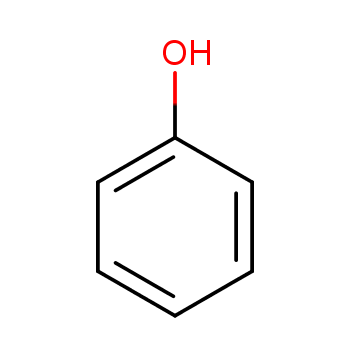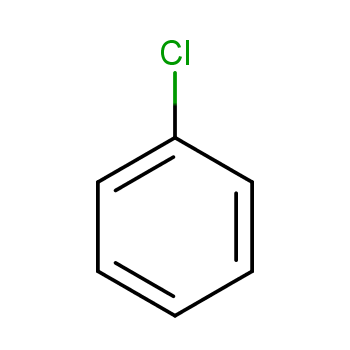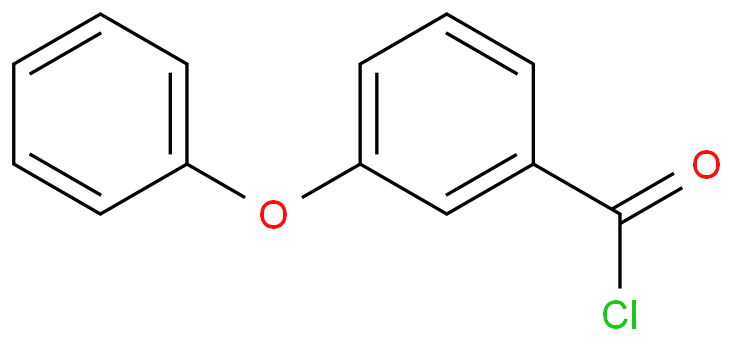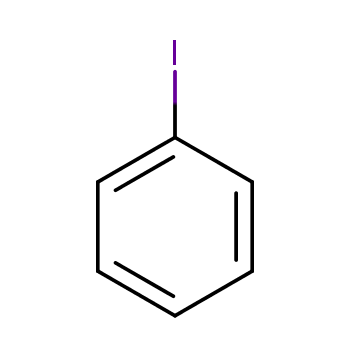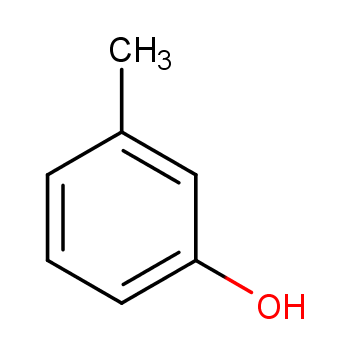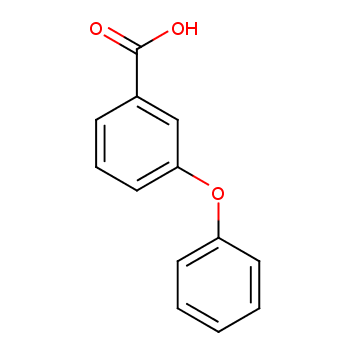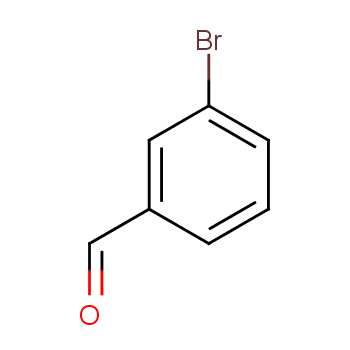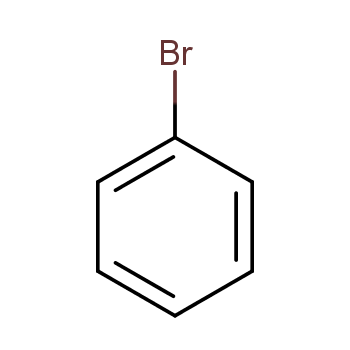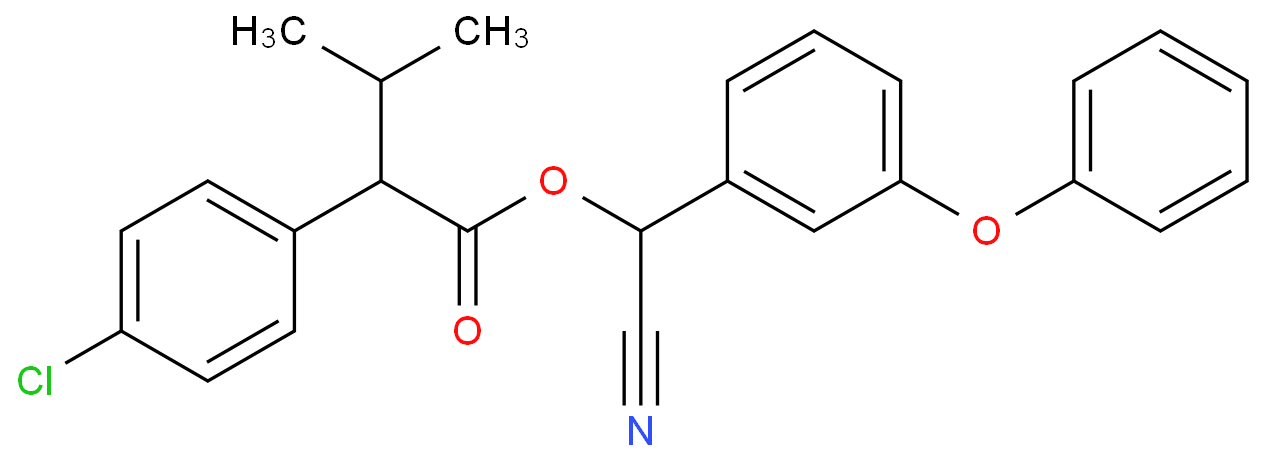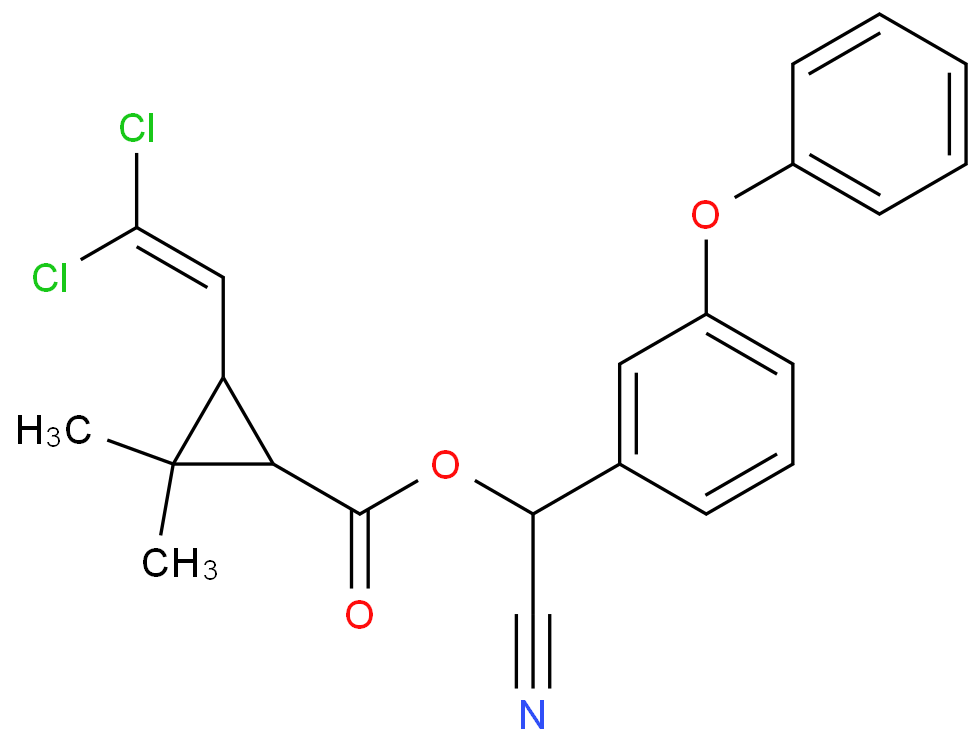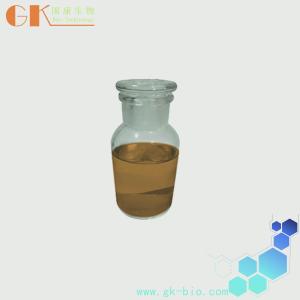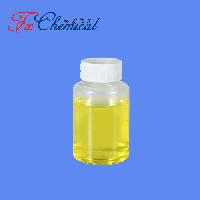3-Phenoxy-benzaldehyde, with the chemical formula C13H10O2 and CAS registry number 39515-51-0, is a compound known for its applications in various industries. This pale yellow solid, also referred to as Phenoxybenzaldehyde, is characterized by its phenoxy and benzaldehyde functional groups. It is commonly used as a building block in the synthesis of various organic compounds, including pharmaceuticals and agrochemicals. 3-Phenoxy-benzaldehyde exhibits moderate solubility in organic solvents and has a melting point of approximately 60-62°C. It is important to note that this compound may have potential hazards and should be handled with care. Further research and consultation with safety guidelines are recommended before working with 3-Phenoxy-benzaldehyde.
View more+
1. Names and Identifiers
2. Properties
3. Use and Manufacturing
4. Safety and Handling
5. MSDS
6. NMR Spectrum
7. Synthesis Route
8. Precursor and Product
9. Computed Properties
12. Related Questions
13. Realated Product Infomation

 EN
EN








